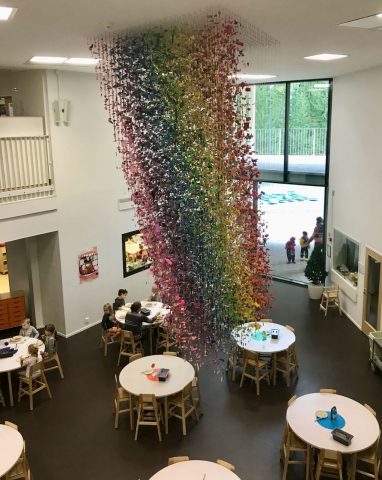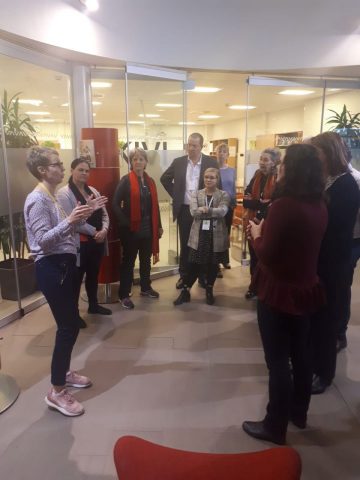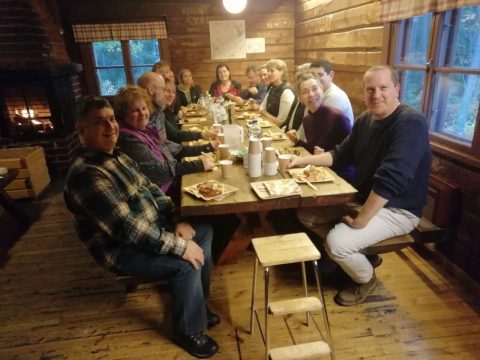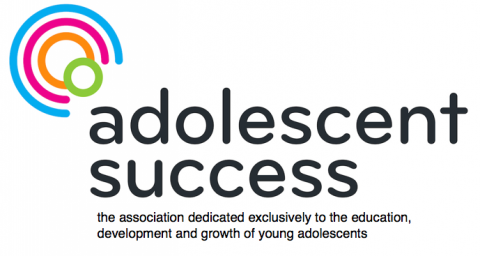´Developing Steps to Freedom’ – Perceptions of the Finnish Education System 3/3
This blog is part of blog series ´Developing Steps to Freedom´- Perception of the Finnish Education System written by Janetta Hargreaves. To start with we highly recommend to read article 1/3 and article 2/3.
Final Reflections
It proves difficult to return home from an educational study tour of Finland and not join the ranks of the ‘Finnish evangelists’. Most educators are aware of Finland’s sustained high ranking on international educational achievement measures and many endorse, indeed call for the adoption of, key features of the Finnish system that have contributed to this success.

Such a response, however, was not what was sought by our Learning Scoop colleagues. They emphasised that their achievements in the initial year of PISA (2000) and especially the 2003 PISA (where Finland ranked first on reading, mathematics and science literacy and second on problem solving amongst the OECD countries) was a point of honour, but a surprise, within the country. Competitive ranking had not been the target of educational policy in Finland and is not its purpose now. I was struck in both the presentations and in the classrooms that a teacher’s focus is always on the individual student, his or her well-being and future contribution to society – local, national and global. I was struck also by teachers’ eagerness to share common insights, learn from us as visiting professionals and admit to areas of challenge, confusion and continuing need for improvement.

Many of the key features of this successful education system accord with the professional instincts of teachers in any country who place students at the centre of their practice – that is, the majority of us. The most inspiring aspect of the tour for me was not the admirable differences to be identified in Finnish schools but, in fact, the similarities.

What I observed was what I see in schools every day when we have the autonomy to do our best: teachers who see education and care as indistinguishable; small, everyday interactions of nurturing, joy, humour, concern, play and guidance between teachers and students; comradery and cold coffees in staffrooms; crowded bustle in hallways; and shouts, laughter and occasional tears in playgrounds.
From my observations in Finland, what I would hope for in our schools and what I see emerging from the work of innovative educators in brave school sites, is both a return back and a progression forward
to an organisation that questions rankings and competition; that allows for kids and teachers to have more time to play and dream and experiment; that reconnects with nature as a vital learning environment; that esteems and values those who educate and affords them the trust their training should guarantee; and that ensures all students understand that their education is a privilege in preparation for engaged citizenship.

A note on sources:
This article is chiefly one of personal observation and contemplation. Whilst I gained greatly from the thinking of fellow tour members (in particular, thanks to Mitch Ulacco for sharing his insightful impressions with me as I prepared this account), my perceptions and opinions are my own. Each participant would emphasise different learnings, based on their role, sector, system and stage of career. The presentations of our Learning Scoop colleagues, which referenced PISA, the OECD, the Finnish Ministry of Education and Culture and other sources, provided invaluable information and background to my experience. There is no shortage of reports, news articles, studies and blogs on Finnish education and the features of its success. I would particularly recommend for initial reading, and as an insight into Finnish honesty and lack of self-promotion: Sahlberg, P. (2014). Finnish lessons 2.0. New York: Teachers’ College Press.
Janetta Hargreaves
This article was originally published at the Adolescent Success Journal Volume 19 – Number 2 – December 2019, Australian Journal of Middle Years of Schooling. Supported by the New Zealand Association of Intermediate and Middle Schooling. Thank you for collaboration Adolescent Success! Want to join?

